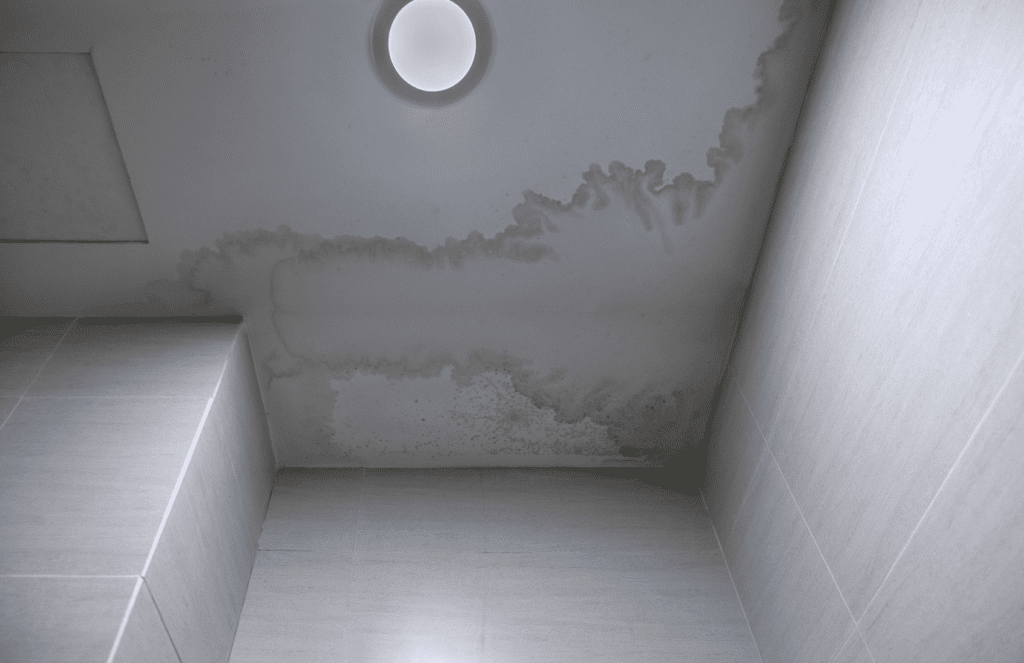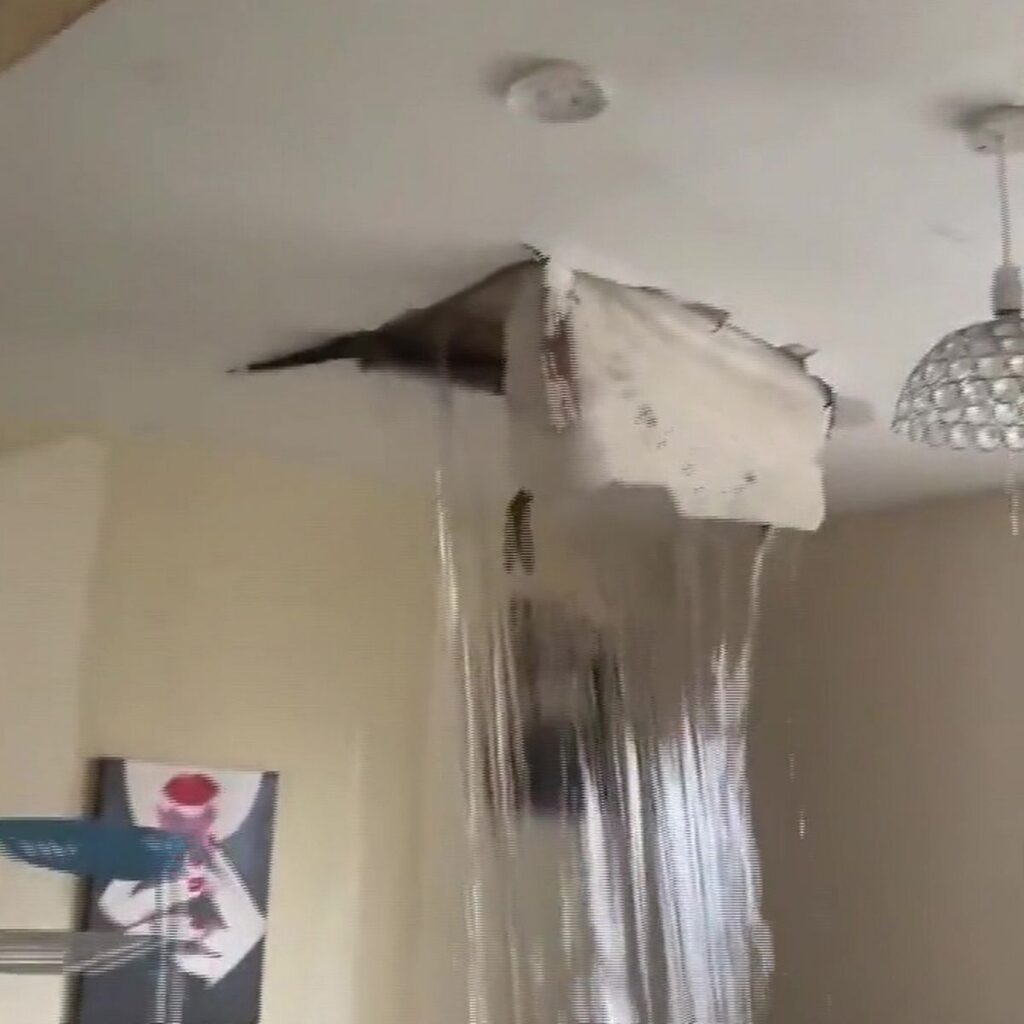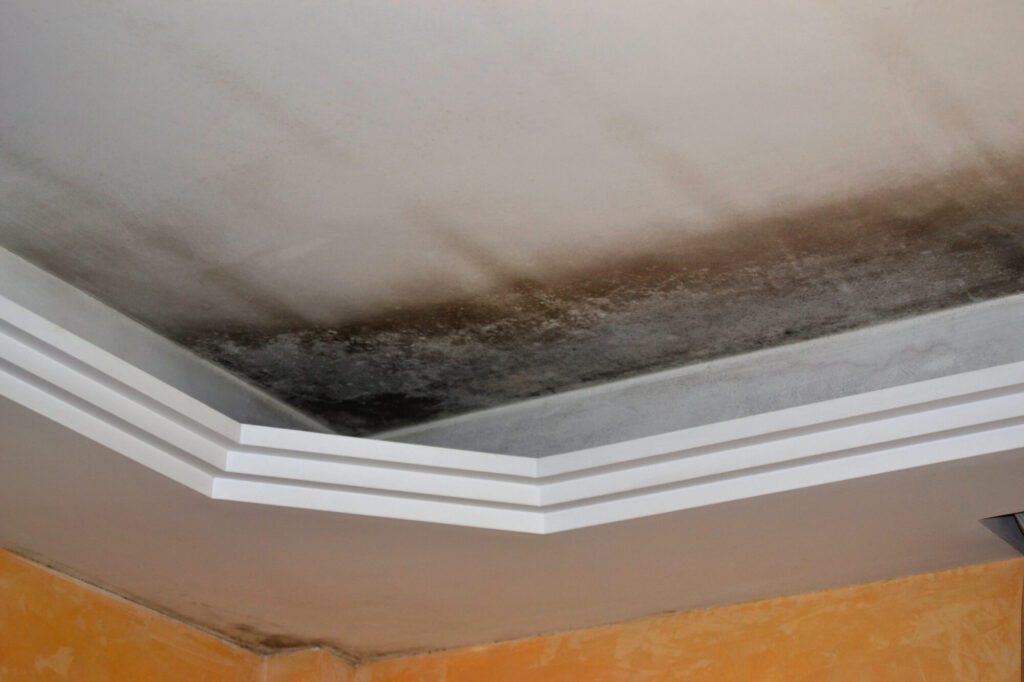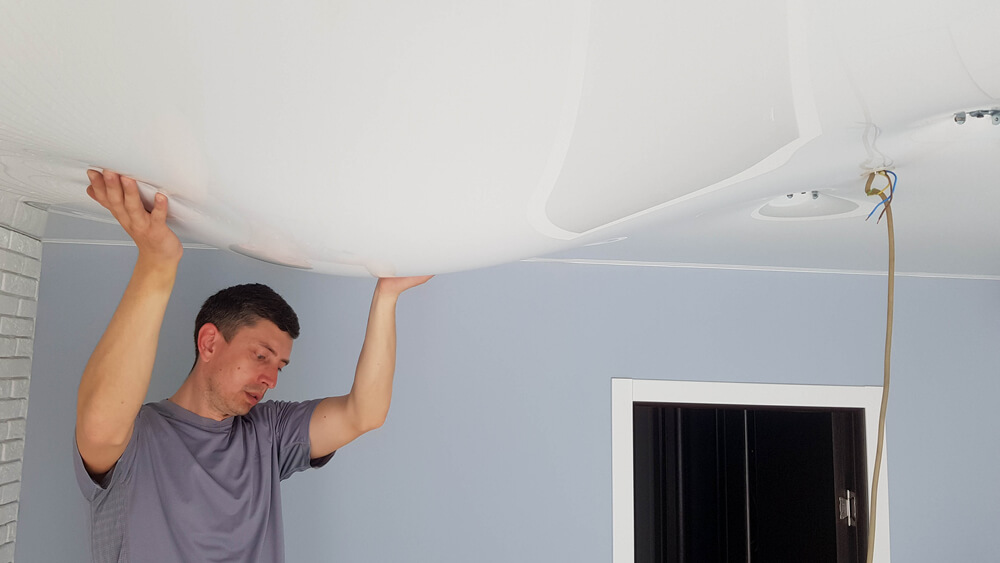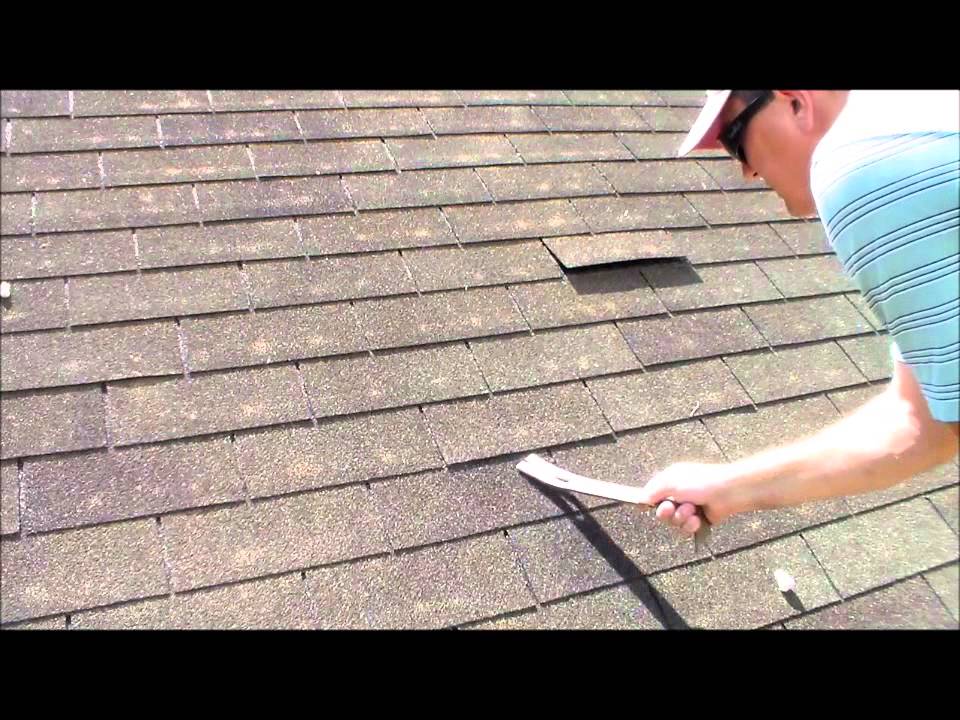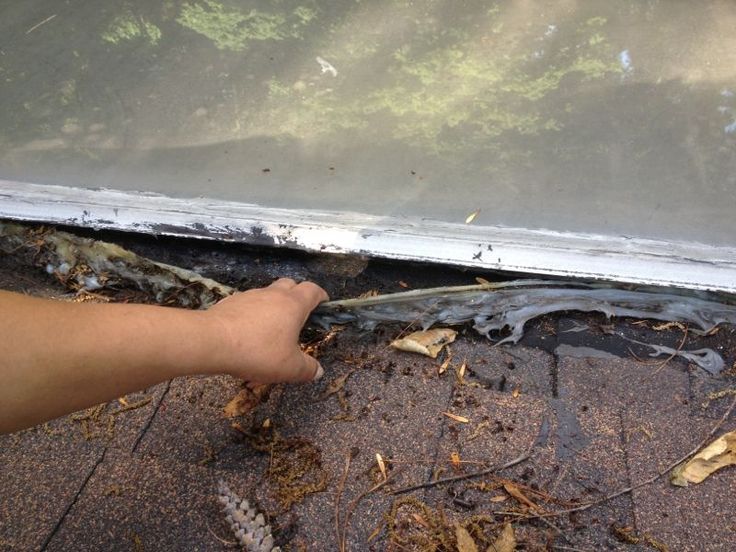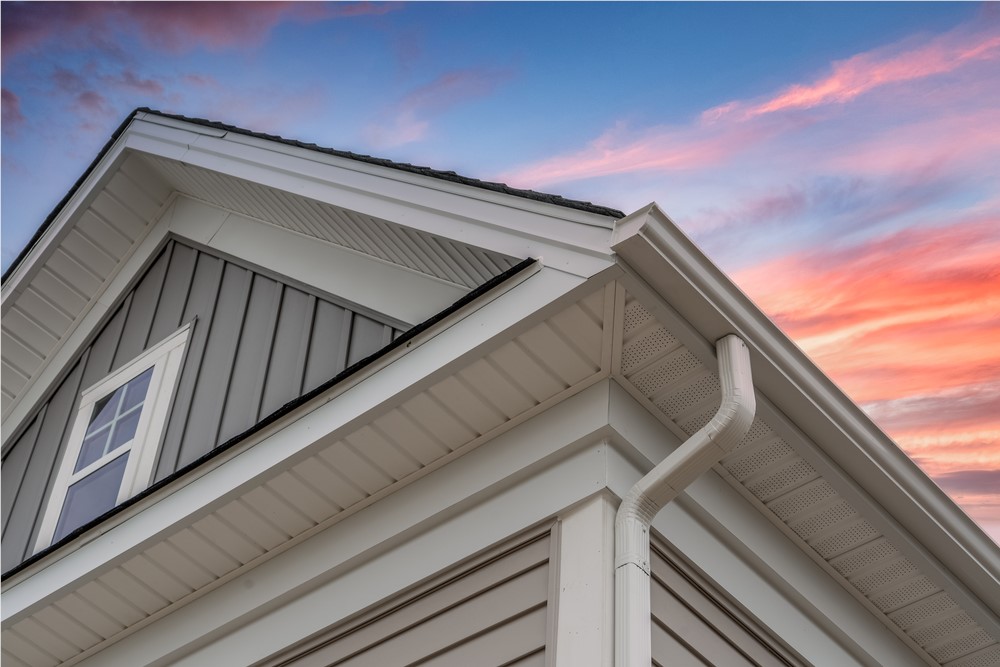You’re sitting at home, enjoying a cozy afternoon when suddenly, you notice water slowly trickling down from your ceiling. Panic sets in as you wonder, “Why is water coming through my ceiling when it rains?” Don’t worry, we’ve got you covered. In this article, we will explore the common reasons behind this frustrating problem and provide you with practical solutions to help you fix it once and for all. No more rainy day surprises!
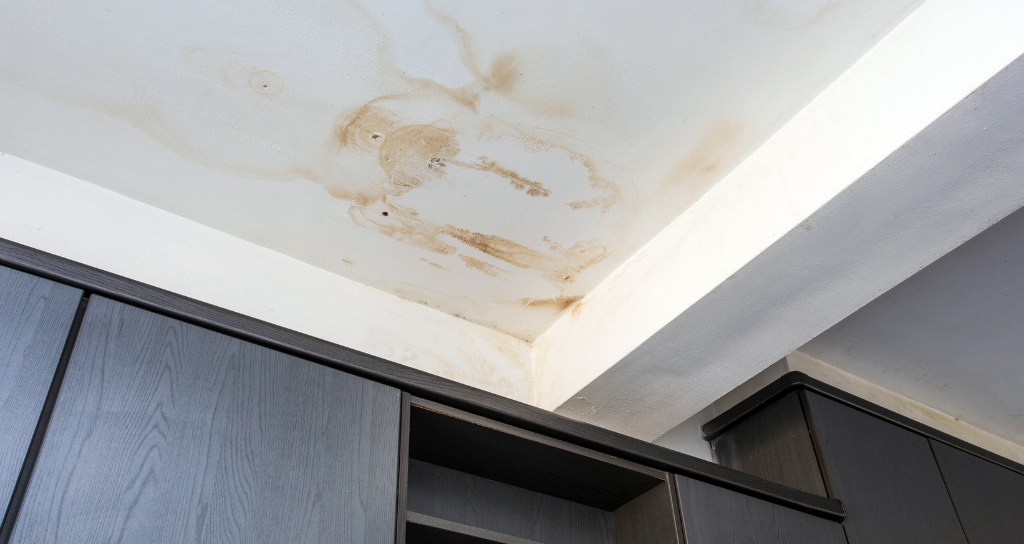

Causes of Water Coming Through the Ceiling
Roof Damage
One of the most common causes of water coming through the ceiling is roof damage. Over time, your roof may suffer from wear and tear due to exposure to the elements. Weather conditions like strong winds, hail, and heavy rain can cause damage to your roof, leading to leaks. Additionally, missing or damaged shingles are another common culprit. If your shingles are old, cracked, or damaged, they can no longer provide adequate protection against water infiltration. Damaged roof membranes can also create vulnerabilities in your roof, allowing water to seep through the ceiling.
Leaky Roof
Improper roof installation is another possible cause of water coming through the ceiling. If your roof was not installed correctly, it may have weak spots or gaps that allow water to penetrate. Additionally, broken or damaged roof tiles can create openings for water to enter your home. Clogged roof drains can also lead to a leaky roof. When debris builds up in the roof drains, it can prevent proper drainage, causing water to back up and find its way into your ceiling.
Blocked Gutters
Blocked gutters can contribute to water leaking through your ceiling. When leaves, twigs, and other debris build up in the gutters, they can clog the system and prevent water from being properly directed away from your home. As a result, water can overflow from the gutters and seep into your ceiling. It is important to regularly clean and maintain your gutters to prevent blockages and water damage.
Cracked Chimney
Another potential cause of water coming through the ceiling is a cracked chimney. Over time, weathering and age can cause your chimney to develop cracks. Settlement cracks, which result from the natural shifting of your home’s foundation, can also occur. Additionally, flashing issues around the chimney can allow water to penetrate and make its way into your ceiling. It is important to regularly inspect your chimney for any signs of damage and address them promptly to prevent water leaks.
Skylight Issues
Skylights can bring natural light into your home, but they can also be a source of water leaks. Cracked or damaged skylights can allow water to seep through and enter your ceiling. Improper installation of skylights can also create vulnerabilities that may lead to water infiltration. To prevent water from coming through your ceiling, it is essential to ensure that your skylights are in good condition and properly installed.
Flashing Problems
Flashing is the material used to create a watertight seal between different parts of your roof, such as vents, chimneys, and skylights. When flashing becomes damaged, water can find its way through the gaps and enter your home. Additionally, improper installation of flashing can also lead to water leaks. Regularly inspecting and maintaining the flashing on your roof can help prevent water from coming through the ceiling.
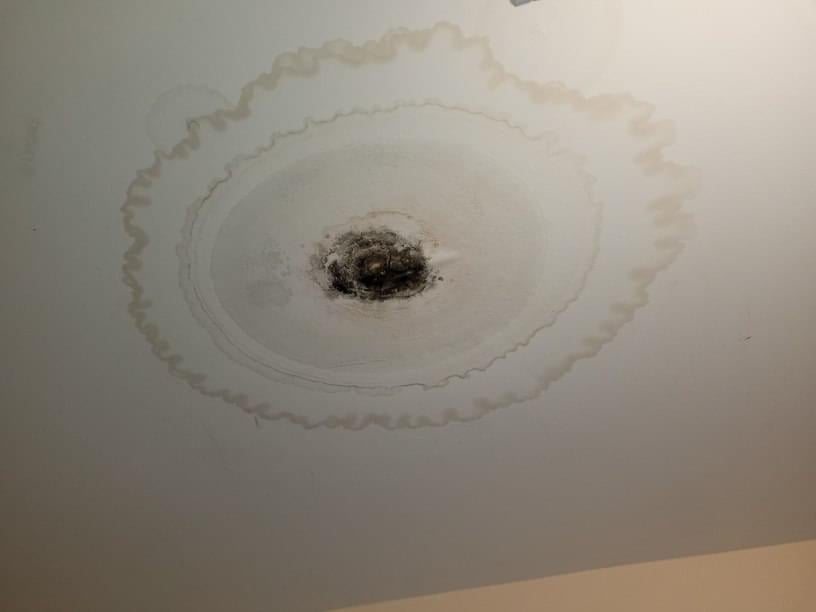

Effects of Water Coming Through the Ceiling
Structural Damage
Water coming through the ceiling can cause significant structural damage to your home. The constant exposure to water can weaken the ceiling, leading to sagging and potentially even collapse. The damage may not be limited to just the ceiling, as water can also seep into the walls, causing them to become damp and weakened. Moreover, if left untreated, water damage can compromise the overall structural integrity of your home.
Mold and Mildew Growth
When water infiltrates your ceiling, it creates a moist environment that is conducive to mold and mildew growth. Mold and mildew can quickly spread and thrive in damp areas, causing not only unpleasant odors but also health issues. Breathing in mold spores can trigger allergic reactions and respiratory problems, especially for individuals with pre-existing conditions such as asthma or weak immune systems. Promptly addressing water leaks is crucial in preventing mold and mildew growth in your home.
Electrical Hazards
Water coming through the ceiling poses electrical hazards. If water seeps into electrical fixtures or wiring, it can cause short circuits and electrical malfunctions. This not only puts you at risk of electrocution but can also increase the likelihood of fires. To ensure the safety of your home and your loved ones, it is essential to address water leaks promptly and ensure that any electrical components affected by the water are thoroughly inspected and repaired by a professional.
Health Risks
Water damage and the subsequent growth of mold and mildew can have serious health implications. Mold spores released into the air can cause allergic reactions, respiratory problems, and even trigger asthma attacks. Prolonged exposure to mold and mildew can lead to chronic health issues, especially for those with compromised immune systems. By promptly addressing water leaks and preventing the growth of mold and mildew, you can help safeguard the health and well-being of your family.


Promptly Address Ceiling Water Stains
Identify Source of Leak
When you notice water stains on your ceiling, it is crucial to identify the source of the leak. Start by inspecting your roof for any visible signs of damage, such as missing or damaged shingles, cracked flashing, or damaged skylights. Examine your gutters for debris buildup that may be obstructing proper water flow. Additionally, inspect your chimney for cracks or flashing issues. Identifying the source of the leak will guide you in addressing the problem effectively.
Repair Damaged Ceiling
After identifying the source of the leak, it is essential to repair the damaged ceiling as soon as possible. Start by removing any damaged or weakened sections of the ceiling and replacing them with new materials. Be sure to thoroughly dry the affected area to prevent the growth of mold and mildew. Once the repairs are completed, it is advisable to paint the ceiling with a moisture-resistant paint to provide an extra layer of protection against future water damage.
Prevent Mold Growth
Preventing mold growth is crucial after experiencing water leaks through the ceiling. Ensure that the affected area is thoroughly dried, as mold thrives in damp environments. Consider using dehumidifiers or fans to aid in the drying process. It is also beneficial to apply an anti-mold solution or paint designed to inhibit the growth of mold and mildew. Regularly inspect the repaired area for any signs of mold or mildew and promptly address any growth to prevent further damage.
In conclusion, water coming through the ceiling can be a stressful and potentially damaging issue. Understanding the various causes, such as roof damage, leaky roofs, blocked gutters, cracked chimneys, skylight issues, and flashing problems, is essential in preventing and addressing water leaks effectively. The consequences of water damage, including structural damage, mold and mildew growth, electrical hazards, and health risks, highlight the importance of promptly addressing ceiling water stains. By identifying the source of the leak, repairing the damaged ceiling, and taking steps to prevent mold growth, you can mitigate the risks and protect your home from further damages. Remember, addressing water leaks in a timely manner not only preserves the structural integrity of your home but also safeguards the health and well-being of your loved ones.
